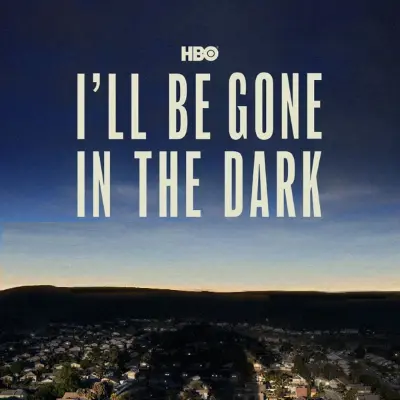How I'll Be Gone in the Dark's Liz Garbus balanced Michelle McNamara's story and avoided fetishizing the Golden State Killer's crimes
-

"Structuring the story over the six episodes" was the hardest part, says the documentarian. "The first four episodes were the toughest nut to crack. Visually, we were really excited about some of the ideas that me and the other directors and our cinematographer, Thorsten Thielow, developed. And I had an amazing team of editors as well. But the big question was how to balance the Michelle of it all against the survivors and the true-crime elements. The timeline was huge and sprawling. While the series has been well-received, there are people who say, 'I didn’t come here to watch a story about Michelle McNamara!' But for us, her voice was integral." Garbus adds of depicting the crimes: "The challenge was how to parse that out in the storytelling, how to understand the escalation, and how not to fetishize him. That was a challenge with the visual approach, and the solution is something we feel very proud of. I’m gonna use the word 're-creation' here because I don’t know the better word, even though they’re not truly re-creations. Nothing physically violent is happening in them."
ALSO:
- Why Michelle McNamara and the Gold State Killer's stories ended up flipping through the docuseries: "From the beginning, we knew we wanted to draw audiences in with the allure and the intrigue of this unsolved ― or unsolved when Michelle was working on it ― crime," says co-director Michelle Wolff. "But over the course of (the series), there’s this weave of Michelle’s story and the Golden State Killer’s story. In the edit, something we would always feel was, 'Wow, the darkness of this Golden State Killer story is becoming so much. I need a bit of a reprieve.' And we realized that in the course of telling the story, the roles of the Golden State Killer story and the Michelle’s story would reverse. As you got more sucked into Michelle’s inner world and her inner struggles, she would become the dark story that you would need a break from. The roles flipped."
- Unlike other true-crime series, I'll Be Gone in the Dark ended by focusing on the victims' humanity rather than their pain
TOPICS: I'll Be Gone in the Dark, HBO, Liz Garbus, Michelle McNamara, Documentaries
More I'll Be Gone in the Dark on Primetimer:
